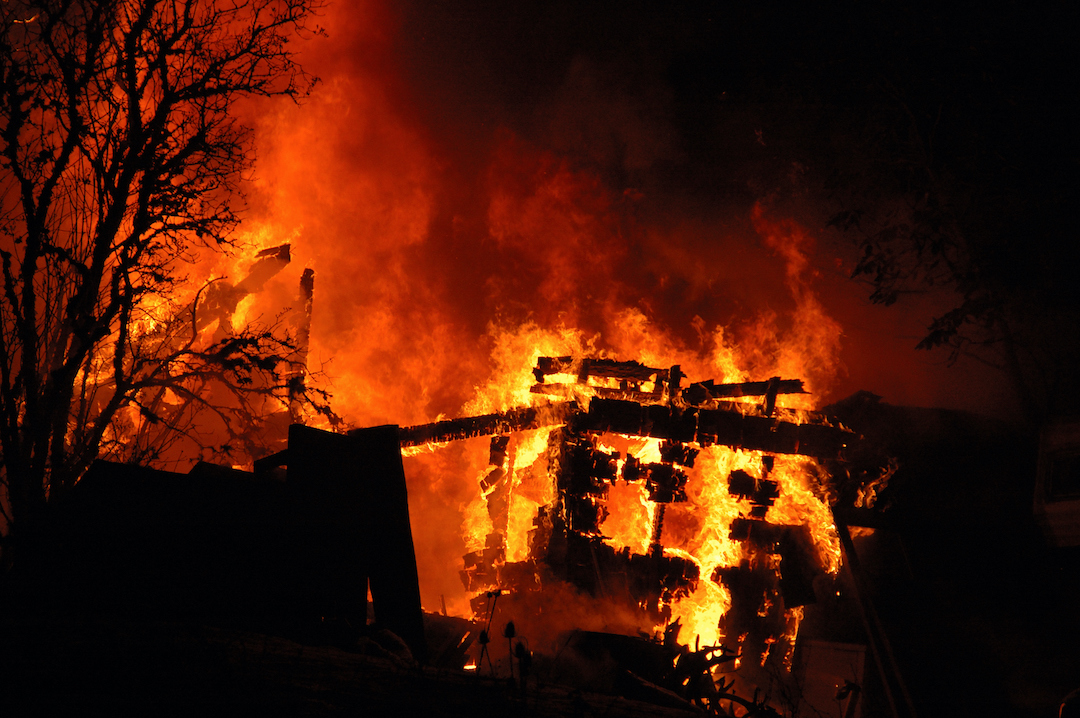
Wildfires have become an increasingly severe threat in the United States, particularly in states like California, Oregon, and Colorado. With rising temperatures, prolonged droughts, and rapid urban expansion into wildfire-prone regions, insurance companies are reconsidering their risk exposure. Homeowners in areas such as Pacific Palisades, Topanga, and Malibu often struggle to obtain or maintain home insurance due to the high risk of fire damage. This essay explores the challenges homeowners face in securing insurance, possible solutions if traditional insurers refuse coverage, and preparedness strategies to mitigate wildfire risks.
Challenges in Obtaining Home Insurance
Homeowners in high-risk wildfire zones often encounter significant obstacles in securing insurance coverage. These challenges include:
- Non-Renewal and Policy Cancellations: Many insurers have either withdrawn from wildfire-prone markets or increased premiums substantially to offset the financial risks.
- Skyrocketing Premiums and Deductibles: Even if coverage is available, policyholders may face unaffordable premium hikes and high deductibles for wildfire-related claims.
- Limited Coverage Options: Some policies may exclude wildfire damage or impose restrictions on claims related to natural disasters.
What Homeowners Can Do If Insurance Companies Refuse Coverage
If traditional insurers decline coverage, homeowners can explore the following alternatives:
- State Fair Plans: Many states, including California, offer FAIR (Fair Access to Insurance Requirements) Plans. These plans provide basic fire insurance to homeowners who cannot obtain coverage from private insurers. While they are typically more expensive and offer limited coverage, they serve as a safety net for high-risk properties.
- Surplus Lines Insurers: Some non-admitted or surplus lines insurers specialize in covering high-risk properties. These companies operate outside state insurance regulations and may provide customized policies tailored to wildfire-prone areas.
- Mitigation Discounts and Incentives: Some insurers may reconsider coverage if homeowners implement wildfire mitigation measures, such as:
- Installing fire-resistant roofing and siding.
- Creating defensible space around the property by clearing vegetation and using non-flammable landscaping.
- Upgrading to ember-resistant vents and fireproof windows.
- Joining community-based wildfire protection programs.
- Group Insurance Programs: Some homeowner associations and community groups negotiate group policies to make coverage more affordable and accessible.
- Legislative Advocacy: Homeowners can advocate for stronger state regulations requiring insurance companies to offer fair coverage to those in wildfire-prone areas.
Lessons from Wildfire-Prone Areas: Pacific Palisades, Topanga, and Malibu
The devastating wildfires that have impacted Pacific Palisades, Topanga, and Malibu offer critical lessons for preparedness and resilience:
- Early Evacuation Planning: Residents should have a well-documented evacuation plan, including designated routes, emergency contacts, and a checklist of essential items.
- Defensible Space Creation: These communities have emphasized defensible space strategies, which involve maintaining a buffer zone between homes and natural vegetation.
- Community Alert Systems: Fire-prone communities have enhanced emergency alert systems, such as reverse 911 calls, text alerts, and sirens to warn residents of approaching fires.
- Fire-Safe Construction Standards: Many homes in these areas are now built with fire-resistant materials, which significantly reduce the risk of ignition.
- Insurance Preparedness: Homeowners are advised to document their belongings, maintain digital copies of insurance policies, and review coverage details annually to ensure adequate protection.
Navigating home insurance in wildfire-prone states requires proactive strategies and awareness of available options. Homeowners should explore state-sponsored programs, implement fire mitigation measures, and advocate for fair insurance policies. Communities in regions like Pacific Palisades, Topanga, and Malibu provide valuable lessons on wildfire preparedness, demonstrating the importance of early planning, fire-resistant construction, and emergency response strategies. As wildfires continue to pose a growing threat, education and collaboration between homeowners, insurers, and policymakers will be crucial in ensuring long-term resilience.
-Phan Trần Hương-
Further Reading and Resources
- California FAIR Plan: www.cfpnet.com
- National Fire Protection Association (NFPA) Wildfire Safety: www.nfpa.org/wildfire
- Ready for Wildfire (California Department of Forestry and Fire Protection): www.readyforwildfire.org
- Federal Emergency Management Agency (FEMA) Wildfire Preparedness: www.fema.gov/wildfires
